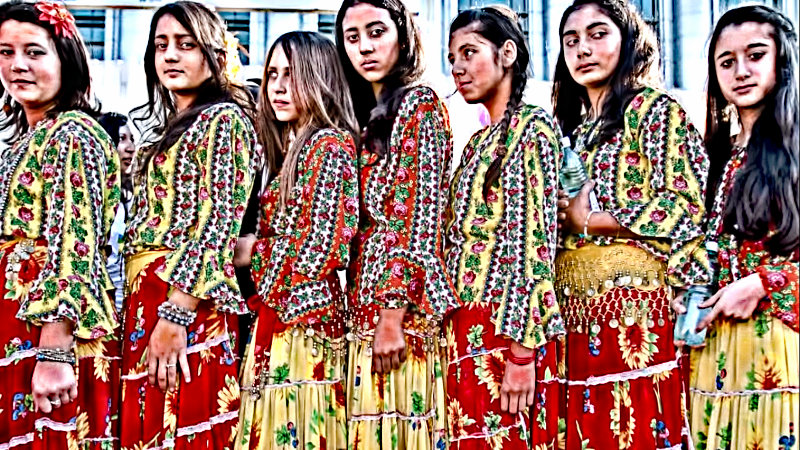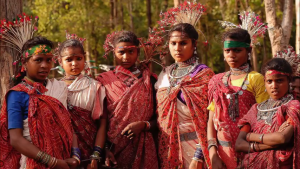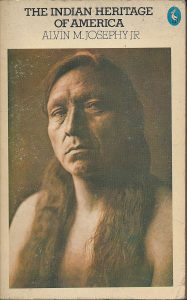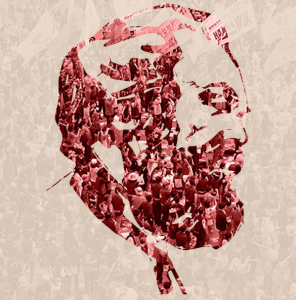The Romani or Indo-European gypsies
The Romani, more popularly known as Gypsies or Roma, are an ethnic group with origins in north India, traditionally itinerant, and now living mostly in Europe and the Americas. They have been associated with a similar group, the Dom people.

THE ROMANI, more popularly known as Gypsies or Roma, are an ethnic group with origins in north India. Traditionally nomadic and itinerant, they are now living mostly in Europe and the Americas. In the past centuries until today, the Romani have been among the worst victims of national oppression.
Note: This is a summary of Wikipedia and related articles on the Romani, plus additional information from documentaries on Romani history and lifeways posted on Youtube.
The Romani, more popularly known as Gypsies or Roma, are an ethnic group with origins in north India, traditionally itinerant, and now living mostly in Europe and the Americas. In the past centuries until today, the Romani have been among the worst victims of national oppression.
Genetic research indicates that the Romani came from a single group that left northwestern India starting about 1,500 years ago, although the Dom people are a similar group that possibly developed from a separate branch. Similar migrations that share Romani and Dom cultures continued for the next centuries. They arrived in Western Asia and Europe around 1,000 years ago. In the many intervening centuries, they dispersed through central Asia and Europe, and from there to the Americas and elsewhere.
The Romani are widely known among English-speaking people by the name “gypsies”, which some historians attribute to a misconception that they came from Egyptians.
In February 2016, during the International Roma Conference, the Indian foreign minister stated that the Roma people were children of India. The conference recommendation is for the Indian government to recognize the Roma peoples spread across 30 countries as a part of the Indian diaspora.
The Romani language has several dialects which together have an estimated number of speakers of more than two million. The total number of Romani people is at least twice as high, possibly even several times as high. Many Romani are likewise native speakers of the dominant language in the country where they live, or of mixed languages combining the dominant language with a dialect of Romani.
The following are informative Youtube documentaries on the Romani peoples.
“Welcome Nowhere” tells the true story of one community of Roma people (commonly known as Gypsies) living in Bulgaria. After being evicted from their homes, over 200 of them are forced to live in shantytowns without proper sanitation. Despite years of promises from the government for housing, their living conditions only get worse while members of the community struggle to survive with what little they have. Documenting their fight for new homes and featuring interviews with leading Roma Rights experts, “Welcome Nowhere” is narrated by multi-Academy Award nominee Ethan Hawke.
Note on the Sepehr documentary: Robert Sepehr is an author, producer and anthropologist specializing in linguistics, archeology, and paleobiology (archeogenetics). This documentary is about the Romani, or Roma, a traditionally nomadic ethnic group, living mostly in Europe and the Americas and originating from the northern regions of the Indian subcontinent. Gypsies speak a language (Romany) that is related to Hindi and are believed to have originated in South Asia.
Youtube bote on the Porrajmos documentary: The Holocaust claimed anywhere between 500,000 and 1.5 million Romani lives, a tragedy the Romani people and Sinti refer to as the Porrajmos, or “the Devouring.” Notwithstanding the scope of the catastrophe, the Romani genocide was often ignored or minimized until Ian Hancock and others exposed this misfortune. A Romani-born British citizen, activist, and scholar, Hancock has done more than anyone to raise awareness about the Romani people during World War II. Now a professor at the University of Texas at Austin, Hancock is presented here as part of the Holocaust Living History Workshop, a partnership between Judaic Studies at UCSD and the UC San Diego Library.
Recorded on 05/07/2014. Series: “The Library Channel” [6/2014] [Public Affairs] [Humanities] [Show ID: 28100]
(Visit: http://www.uctv.tv/)
###





